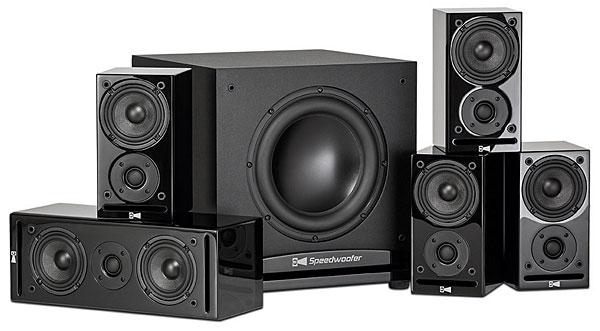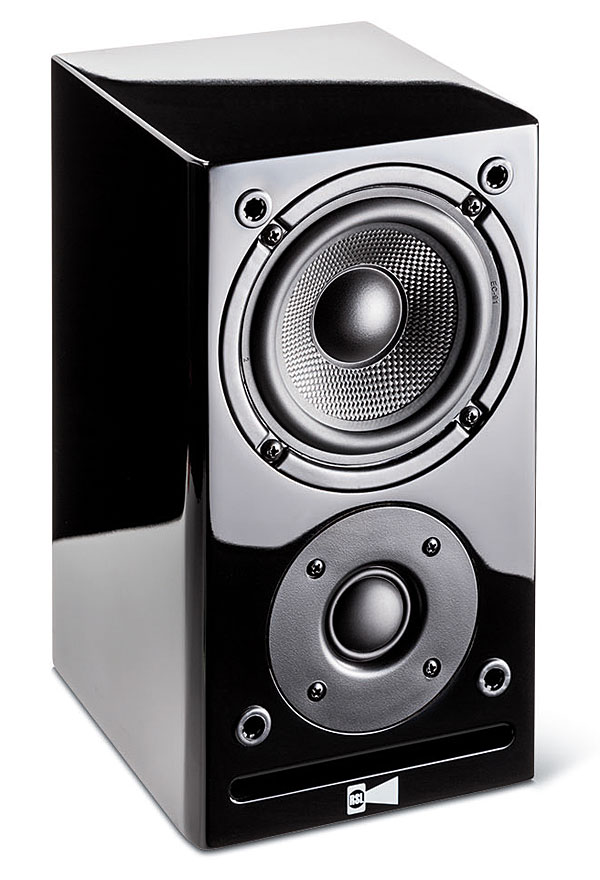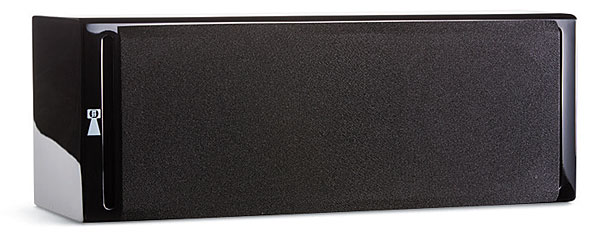RSL Speakers CG3 5.1 Speaker System Review

AT A GLANCE
Plus
Rigorously balanced sound
Plays surprisingly loud
Easy, excellent sub/sat blending
Minus
Sats can be a bit power-hungry in larger rooms
THE VERDICT
Given its low cost, solid dynamics, and impressive neutrality, it would be tough to find a better or more honest small speaker system for the price than RSL’s latest.
When it comes to loudspeakers, how big is big enough? How small is too small? What size is j-u-u-ust right? Speaker buyers have been asking these questions, and speaker makers have been answering them, ever since a certain Brand B shook the world years ago with micro-sized satellites employing 2.5-inch drivers that struggled to reach down to 200 hertz, mated with similarly challenged Lilliputian subs. Physics notwithstanding, buyers took to them in droves—and since then, the race to the bottom, cubicvolume-wise, has been on.
RSL Speakers, no stranger to the trend (though with a history of fine results), has debuted their most recent answer in the form of a new, compact design, the CG3. RSL, originally known as Rogersound Labs, was reborn a few years back with the introduction of the CG4, a small bookshelf design that was met with wide approval at Sound & Vision, including from me. The CG3 is slightly smaller and (at an individual price of $135) substantially cheaper than the CG4 ($250), employing a samedimensioned but visibly different (and presumably less costly) driver complement: 4-inch woofer and 1-inch soft-dome tweeter. Like its predecessor, the CG3 exploits the California firm’s proprietary, labyrinth-like “compression guide” enclosure to reach a claimed –3 decibel point of 100 Hz—pretty good for a speaker that’s sized like a portly half-gallon milk carton. The new model also shares the same “upside-down” tweeter-underwoofer layout, engineered in part to accommodate the diagonal plenum inside that bifurcates the internal volume to create the compression guide and feed the slot-shaped port on the bottom. You can see more about how and why this works on RSL’s website.
RSL shipped us what the company calls the CG3 5.1 system ($1,079), which includes a foursome of CG3s for the left and right front channels and the surrounds. The equally new CG23 (also available separately for $200)—a woofer-tweeter-woofer version of the same design—serves as the center channel. That speaker can function either horizontally or vertically for LCR duties. Filling out the system is the 10-inch Speedwoofer 10S ($399 alone), whose fine bona fides have already been established in these pages by my colleague David Vaughn. As an online purveyor, RSL sells its products with free shipping to the lower-48 states and a 30-day risk-free guarantee wherein they’ll refund your purchase and pay the return shipping as well.

Both the CG3 and the CG23 provide solid (if inexpensive) multi-way binding posts, making the use of most any speaker wire or terminator easy, while the subwoofer supplies the usual line-level inputs on RCA jacks. After swapping over my connections, I placed the front CG3s on adjustable stands, positioning the woofers at about seated ear-level, and I put the CG23 center on my usual low stand just below my 55-inch Vizio’s bottom edge.
The Speedwoofer 10S went in my well-proven subwoofer location, a couple of feet to the right of the right-front speaker, and the surround CG3s on my high shelves flanking the listening position, angled back a bit to wash reflected sound along the walls. The CG3 includes your choice of a keyhole slot or a threaded insert to facilitate wall hanging, but while its limited low-frequency output makes proximity to a wall less egregious than is true of most other box speakers, it still sounded obviously better balanced a few feet from the wall.
Small Is Beautiful
When I reviewed the CG4 a year and a half ago, I was very favorably impressed by both its sound and its market value. The new model is very similar—indeed, the CG3 is essentially a down-sizing (and down-pricing) of the overall CG4 design— with similar wood-composite construction and a simple but attractive black-gloss lacquer, the only color offered so far.

The diminutive CG3 is clearly intended (and marketed) for use with a subwoofer in a minimum 2.1 configuration, though I spent some time listening to them (as I usually do) in stereo full-range to get a handle on their sound. I found them to be utterly neutral, matching my long-term (and long-discontinued) Energy Veritas 2.3 reference speakers to near perfection over a range of music. I have a CD of excerpts ranging from Beethoven to the Beach Boys, from solo instruments and voice to choir and percussion, and everything in between, and on track after track, the CG3s were peas in a pod above 80 Hz or so. The Energys displayed the slightest advantage in transient snap and cymbal shimmer, as I’d expect from a speaker costing (were it still available) nearly 10 times as much.
Of course, on the low end, the much larger, three-way Energys produced more and deeper bass. But RSL’s half-pint was delightfully free of the hump in response above their woofer rolloff that small speakers like this often employ in an attempt to fool the ear into thinking it’s hearing more fundamental than is actually there. They sounded distinctly lean, tight, and defined over the range of their usable response: strong to 100 Hz and fading below perhaps 80 Hz.





























































